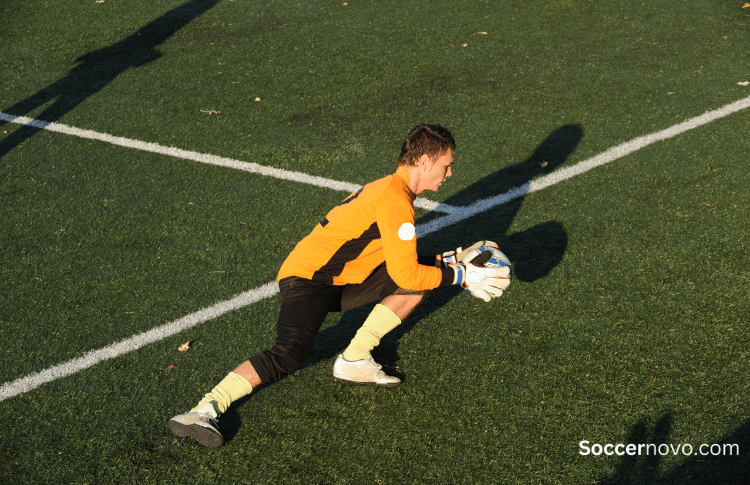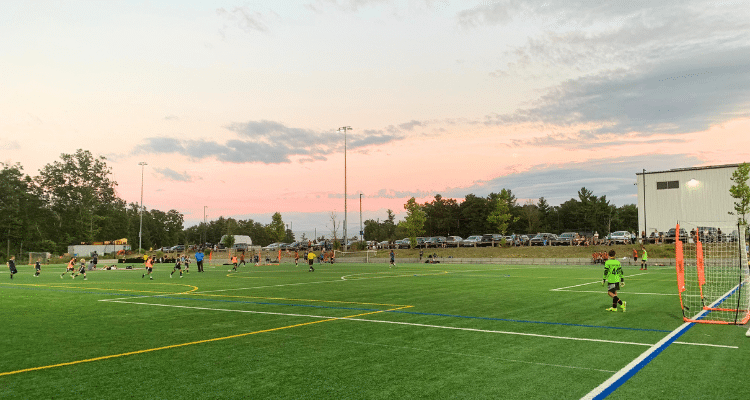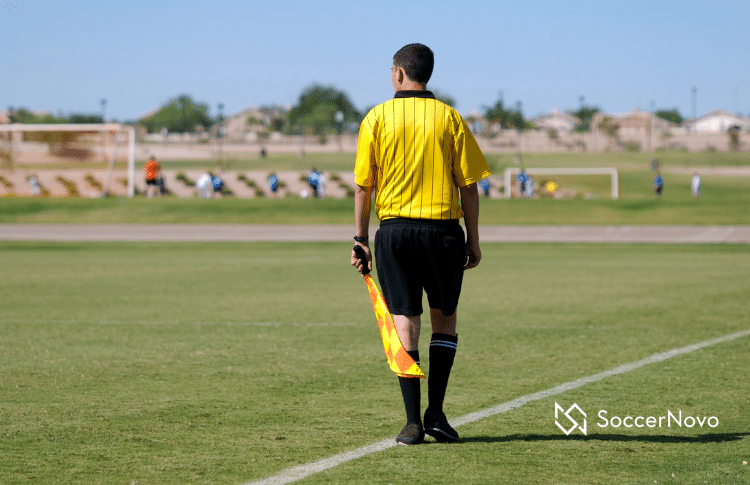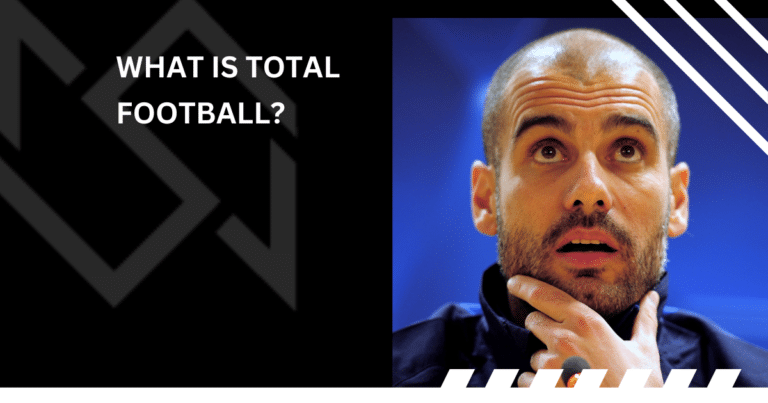Back Pass Rule in Soccer Explained
In soccer, the only player that is allowed to touch the ball on the field with their hands is the goalkeeper.
However, if the pass back comes from their teammate and subsequently picked up by the keeper then it is considered a ‘back-pass’ violation.

There’s one caveat to this rule. A player of the same team can legally pass back to their goalkeeper if it comes off their chest or head.
In this article, we’ll provide more information and a brief history of the back-pass rule in soccer.
What is the Idea Behind a Pass Backwards?

The back-pass is one of the fundamental skills that soccer players need to learn since it will be necessary in specific situations during a match.
For example, a dribbler may be at risk of losing control of the ball because of close pressure. In this case, the dribbler will look to avoid the ball getting stolen by passing back to their keeper.
The ball doesn’t always have to be progressing forward. Although it gives some parents angst, playing the ball back can be an effective way to shift the defense and start the counter-attack.
I think giving the confidence to young players to pass backwards is a critical piece to their development. Although it makes some parents panic, players who can pass the back with confidence will find more success in the future. This is especially true for defenders. I’ve personally seen confident defenders be able to progress the ball and reset without hesitation. These types of players are huge assets to the team!

What is the Back Pass Rule?
In its simplest terms, the back-pass rule prevents the player from passing the ball to their own goalkeeper, who then picks it up with his or her hands.
In addition, even though it is called a ‘back-pass rule’, the ball does not necessarily have to go backwards toward the team’s own goal. It can still take effect with a forward pass to the keeper.
Breaking Down the Back-Pass Rule
Certain conditions need to be met for a back-pass rule violation to be called:
- The goalkeeper is within the team’s penalty area.
- The goalkeeper’s first contact with the ball involves his hands or arms.
- The pass was intentional, or if the goalkeeper received the ball via a throw-in.
What is the result of a violation? If these conditions are met, the referee will call it a back-pass rule violation. If this violation gets called, the referee will award the other team with an indirect free-kick.
When Is It NOT a Back Pass Violation?
If anything other than a kick was used to pass the ball to the goalkeeper, it is not considered a back pass.
For example, if the player received a pass from his teammate and they deflected the pass using their shoulders or head toward the goalkeeper. In this case, the goalkeeper is free to catch the ball with their hands.
The “pass” should also be intentional, so deflections and other forms of accidental passes are acceptable. For instance, if a player kicks the ball and bounces from an opponent and back toward the goalkeeper, the latter can touch the ball.
Why Was This Rule Implemented?

The back-pass rule was a response by FIFA to the major outcry from fans who watched the 1990 World Cup.
It was reportedly the most boring and lackluster World Cup to date, with an average of just 2.2 goals per game. The average for all World Cup games is 2.91 goals per match.
Among the reasons why professional soccer up until then was such a chore to watch was because players were free to pass the ball back to their goalkeepers. They can then hold up the game (for at least six seconds) and break the other team’s momentum.
FIFA decided to put an end to this behavior by implementing the back-pass rule during the 1992 Barcelona Olympics.
This new rule certainly made the game a bit more quick-paced as it effectively removes one of the controllable things that slowed it down.
Conclusion
Although the back-pass is indeed an indispensable tactic when it comes to the game of soccer, players need to use it properly.
For the last few decades, passing the ball directly to your team’s goalkeeper is no longer allowed.
It’s best to instill this rule at an early age so that it becomes second nature when players get older.
It does seem counterproductive to pass back but it does make the defense have to adjust and opens play for the offensive team.

Written By: SoccerNovo
SoccerNovo is an independent youth soccer media brand built to help parents, players, and coaches better understand the game and the pathways available in U.S. soccer. Our mission is to make youth soccer simpler, clearer, and more accessible for everyone involved in it.
Let’s connect



